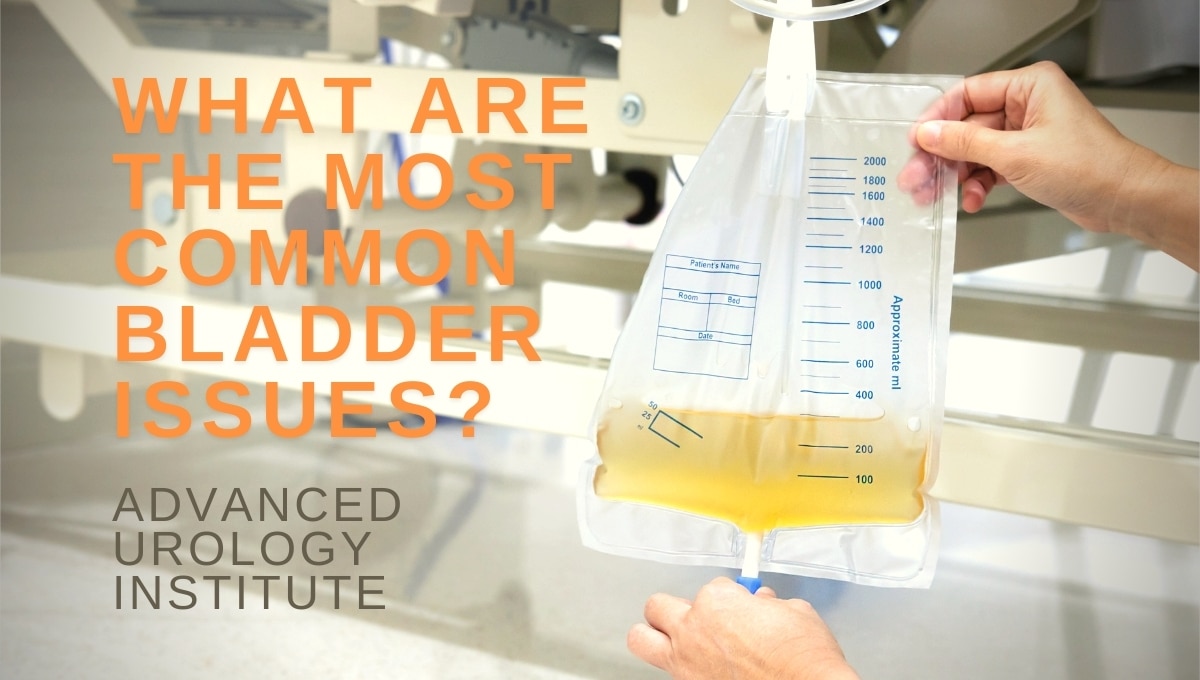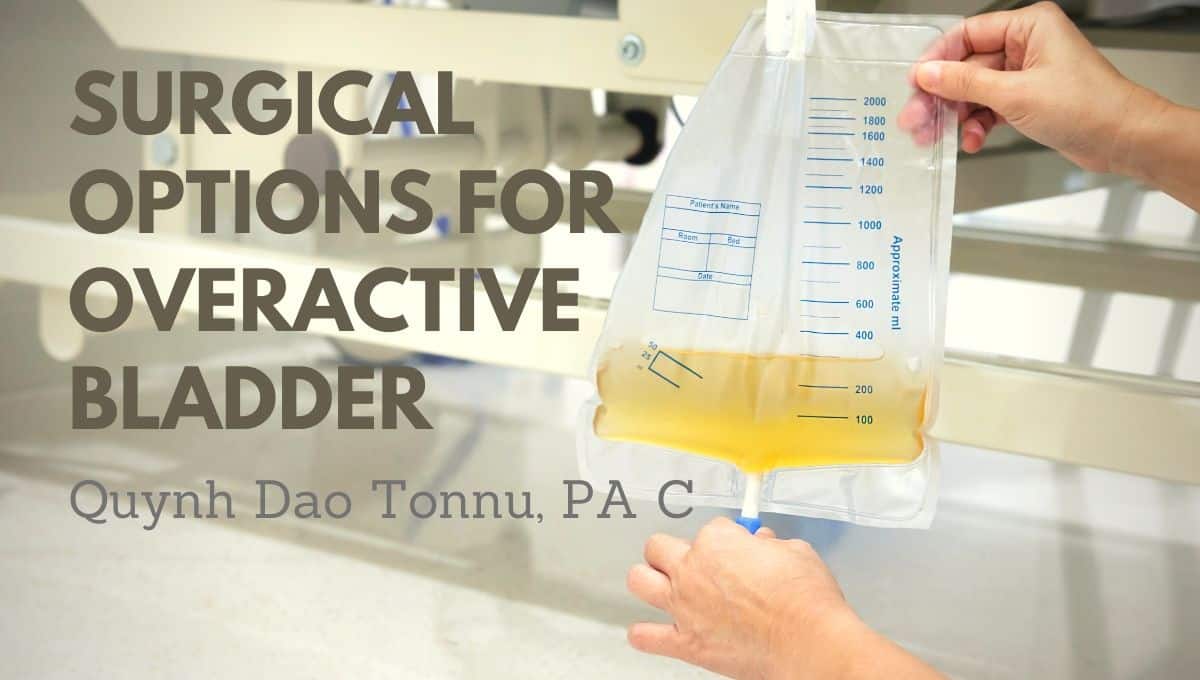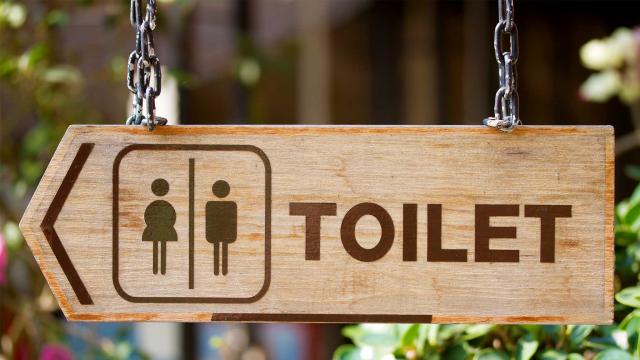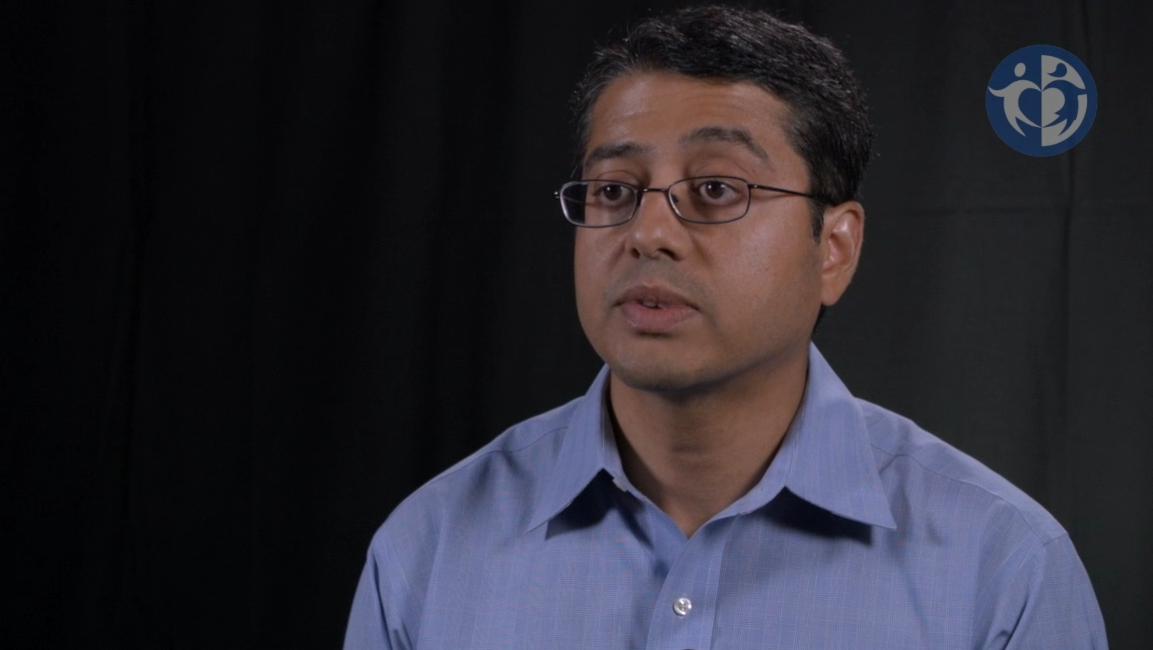 Ladies, do you have bladder problems that keep you from pursuing your goals? Do you want to exercise, work, travel, go out more and not worry about “accidents” happening?
Ladies, do you have bladder problems that keep you from pursuing your goals? Do you want to exercise, work, travel, go out more and not worry about “accidents” happening?
If so, we have the help you need.
Bladder ConditionsAt Advanced Urology Institute, we know that you value your social life and we want you to keep enjoying the things you like doing.
Through our female pelvic medicine and reconstructive surgery (FPMRS) physicians at our Fort Myers office, we provide effective treatment for bladder issues in a compassionate, personalized, and multidisciplinary way, ensuring a high rate of success and uninterrupted social life.
You may not know it, but bladder problems have treatment options that dramatically improve symptoms from these conditions. With treatment, you will never have to reduce your physical activity or remain in isolation. Instead, regain your freedom and enjoy an improved quality of life. That is why you should see a physician with expertise in urogynecology to receive the specialized attention necessary for a quick and complete recovery.
[continue reading more about bladder conditions here]




 The bladder sphincter is made up of two muscles that control the release of urine from the bladder through the urethra. If the bladder were a reservoir, then the bladder sphincter would be the dam that holds back water and controls when it is released. The bladder sphincter is made up of two muscles, the internal and external sphincter muscles.
The bladder sphincter is made up of two muscles that control the release of urine from the bladder through the urethra. If the bladder were a reservoir, then the bladder sphincter would be the dam that holds back water and controls when it is released. The bladder sphincter is made up of two muscles, the internal and external sphincter muscles. Urinary incontinence is the loss of bladder control. It is a common yet embarrassing problem. It can be as mild as releasing a small amount of urine when you laugh or sneeze, or as serious as having the urge to urinate come on so strong and fast that you don’t have time to get to a bathroom. Problems with the bladder sphincters can cause several different forms of incontinence.
Urinary incontinence is the loss of bladder control. It is a common yet embarrassing problem. It can be as mild as releasing a small amount of urine when you laugh or sneeze, or as serious as having the urge to urinate come on so strong and fast that you don’t have time to get to a bathroom. Problems with the bladder sphincters can cause several different forms of incontinence.
 However, for some people, these methods are not enough to ensure they can live a healthy, fulfilling life. In these situations, surgical intervention is an option to correct overactive bladder problems.
However, for some people, these methods are not enough to ensure they can live a healthy, fulfilling life. In these situations, surgical intervention is an option to correct overactive bladder problems.
